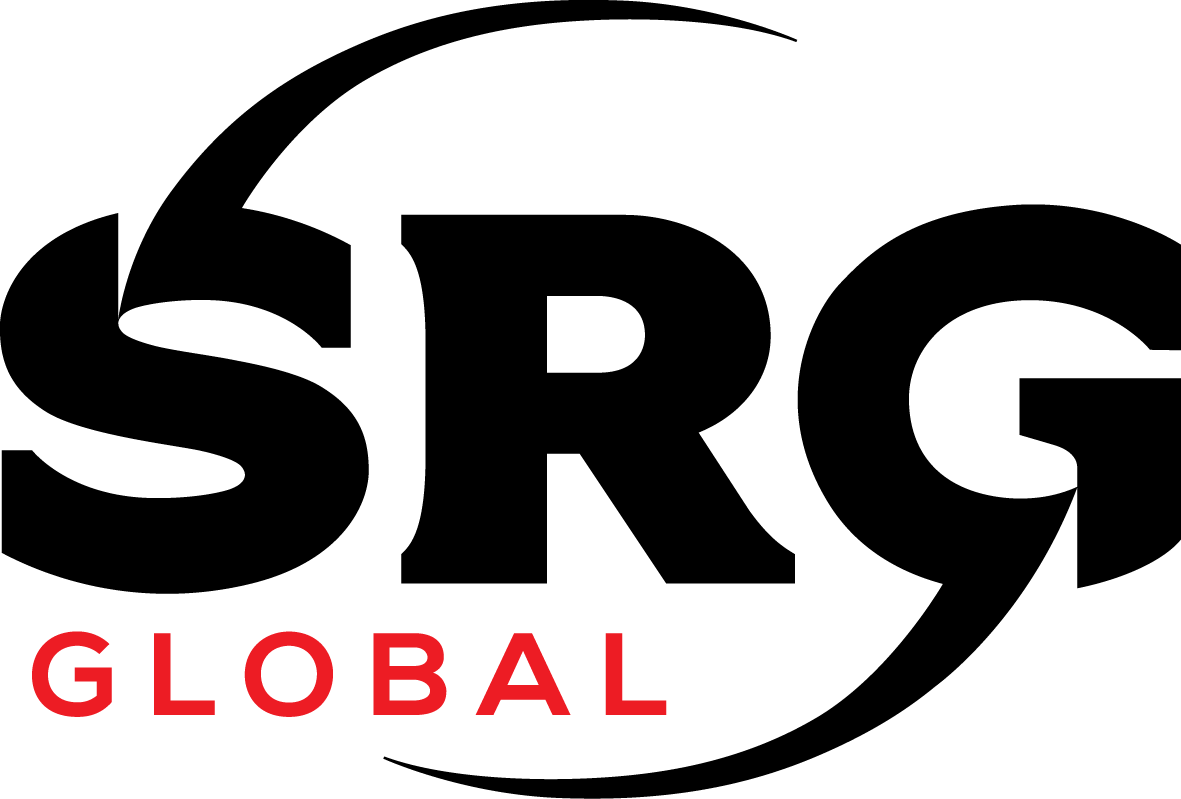Title Page
-
Site conducted
-
Conducted on
-
Prepared by
-
Blasting Today
-
Blasting Time
Daily Workplace Inspection
1. General Safety
-
1.1 Have all personnel conducted BAC testing prior to shift
-
1.2 Have all personnel been properly trained to do the job they have been allocated
-
1.3 Is PPE being worn as described
-
1.4 For non routine work with no procedure / Work Instruction, has a JHA been completed
-
1.5 Are all work areas aware of the Blasting Time
-
1.6 Have Blast Guards been nominated and briefed
-
1.7 Are Working above or below controls in place (if required)
-
1.8 Are there any adverse weather conditions
-
1.9 Has the daily PSI been updated and reviewed for accuracy
2. Laydown / Maintenance Yard
-
2.1 Fire Extinguishers accessible ?
-
2.2 House Keeping adequate ?
-
2.3 Rubbish Bins Emptied ?
-
2.4 All parking compliant with site standard
-
2.5 Any work conducted in the yard has adequate delineation and signage in place
-
2.6 All bulk liquids in appropriate bunding
-
2.7 Electrical equipment in use are tested and tagged
-
2.8 Lifting equipment in use tested and tagged
-
2.9 Have personnel working in the area completed a Take 5
3. Magazine Compound Inspection
-
3.1 Check overall facility security
-
3.2 Check parking of vehicles and equipment
-
3.3 General housekeeping
-
3.4 Check entry register
-
3.5 Have personnel working in the area completed a Take 5
4. SRS Facility Inspection
-
4.1 Check overall facility security
-
4.2 Check parking of vehicles and equipment
-
4.3 Check storage of AN
-
4.4 Check Storage of ANE
-
4.5 Check general housekeeping
-
4.6 Check entry register
-
4.7 Have personnel working in the area completed a Take 5
5. Drill Pattern Inspection
-
5.1 Are all windrows of adequate height and bench surfaces maintained to a safe condition
-
5.2 Are all drill pattern properly delineated
-
5.3 Is there excessive dust in the work area
-
5.4 Drill pattern has a designated parking area properly delineated
-
5.5 Is work taking place in a high risk zone (i.e. under high walls, undulating ground conditions, working near identified voids)
-
Are there adequate controls in place to protect personnel and equipment
-
5.6 Operators have completed a personal risk assessment (Take 5)
-
5.7 Are high walls in an adequate safe condition (rock fall areas identified and controls in place)
-
5.8 Have lighting plants been set up for nightshift
-
5.9 Access tracks are complaint for SME, HV's and LV's
-
5.10 Drill consumables stored and handled correctly while in use
-
5.11 Are vehicles parking in designated parking areas
-
5.12 Drill have been serviced as per schedule
-
5.13 Have pre start checks been completed on all equipment being used
-
5.14 Drilling water for dust suppression is available
6. Blast Pattern Inspection
-
6.1 Are all windrows of adequate height
-
6.2 Are all blast patterns properly delineated
-
6.3 All personnel competent to perform the task they have been assigned
-
6.4 shotfirer has signed off on load sheets prior to loading commencing
-
6.5 Has the blast pattern been dipped and logged for depth before loading commences (QA/QC)
-
6.6 Have blast board notifications been completed before shift and correct information is displayed
-
6.7 Is there a designated parking area set up for explosive vehicles in use
-
6.8 Clear instructions been given to MPU operator and safe MPU access available
-
6.9 Have pre start checks been completed on all equipment being used
-
6.10 Are lights present on delineation for sleeping shots
-
6.11 Authorised shotfirer is present when loading / explosives are being handled
-
6.12 Stemming pile is suitably located, to specification and is contaminant free
-
6.13 Access tracks are compliant for MPU and stemming IT
-
6.14 All loaded holes are stemmed / capped - not left unattended
Comments
-
Inspection Comments














